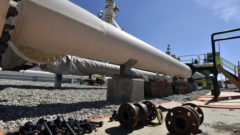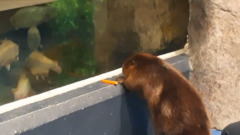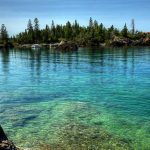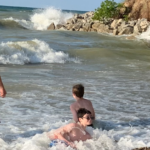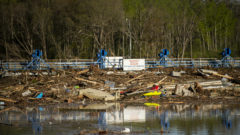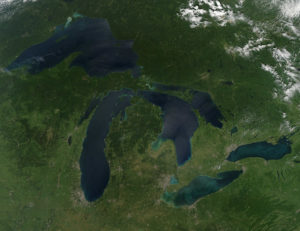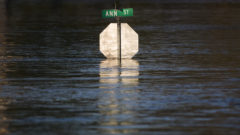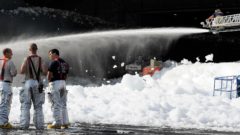EDITORIAL: The lake is Toledo’s to fight for
The mayor of Toledo, Ohio, has frequently stated his interest in protecting Lake Erie, however when it came time to pursue an appeal of a court ruling that invalidated a Toledo city charter change that would protect the lake, the administration quietly dropped the case. Read the full story by The Toledo Blade.
Great Lakes Commission
https://www.glc.org/dailynews/20200527-lake-Toledo

